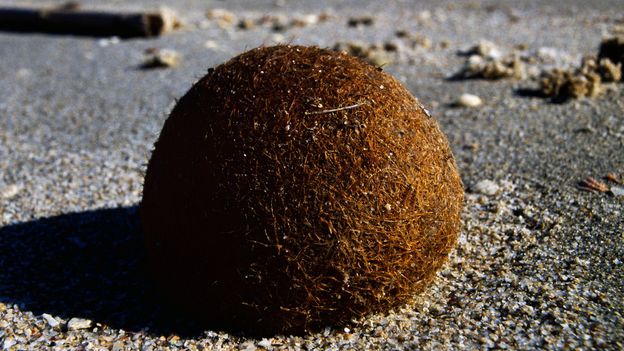The Genius of Neptune Balls

Introduction
The problem of plastic pollution in our oceans has reached a critical point, with tiny pieces of plastic causing harm to marine life and ecosystems. As we try to find solutions to this crisis, a new phenomenon has emerged - "Neptune balls". These are natural bundles of seagrass that are filled with microplastics and washed up onto beaches, as if the sea is returning the trash to us. But how are these "Neptune balls" formed and why are they becoming more prevalent on our shorelines?
Key Details
As plastic waste continues to be dumped into the ocean, it breaks down into smaller and smaller pieces. These tiny fragments then get caught in the seagrass meadows, which act like filters, bundling them up and eventually spitting them out onto beaches. This process is a result of the natural movement of the ocean, where the seagrass blades are constantly swaying back and forth, trapping and releasing the microplastics.
Researchers have found that these "Neptune balls" can contain a variety of microplastics, from fragments of plastic bottles to microbeads from personal care products. This not only highlights the extent of plastic pollution in our oceans, but also the role that seagrass meadows play in filtering and returning these pollutants to land.
Impact
The presence of "Neptune balls



